The skin is a membrane that covers the outer surface of the human body. It varies in thickness from 0.5 mm on the eyelids to 5 mm on the bottom of the feet. The skin is the largest organ in the human body, covering about two square meters on every adult. Elastic and tough, it consists of outer and inner layers referred to as the epidermis and dermis. The epidermis, or exterior layer, has small ridges and dips and is divided into four layers. The outermost part, called the corneum, is in direct contact with the outside environment and consists of flattened cells that lack a nucleus. Once they die, these cells disperse through a process called flaking. A deeper layer of the epidermis called the basal layer, or stratum germinativum, generates replacement cells.
The connective tissue known as the dermis lies underneath the epidermis. It has nerve endings and hair follicles, as well as glands that produce sweat and a fatty material called sebum. Blood and lymphatic vessels bring nourishment up to the epidermis from the dermis. The skin is an important barrier that protects the body from external threats such as physical blows, bacteria and sunlight. The skin is also responsible for thermoregulation. Thanks to internal blood vessels and sweat glands, the skin cools the body when it is hot outside and raises internal temperatures when it becomes cold. The sense of touch is also rooted in the skin. The membrane has a widespread network of nerve endings that pass tactile stimuli including pain and heat on to the brain. The skin can also eliminate certain waste substances including carbon dioxide, sebum, water and mineral salts.
Vitamin D, which is essential for binding calcium in bones and keeping them solid, is synthesized in the skin. Skin comes in many different colors depending on its concentration of a pigment called melanin. Melanin protects the human body from the sun's ultraviolet rays. In white populations, exposure to the sun stimulates melanin production and makes the skin darker, or tanned.
In black populations, the body produces melanin independently of sunlight, remaining more constant over time. The partial or total absence of melanin is the main characteristic of albino people. Albinos are extremely sensitive to sunlight, and have very light, almost translucent skin.
The connective tissue known as the dermis lies underneath the epidermis. It has nerve endings and hair follicles, as well as glands that produce sweat and a fatty material called sebum. Blood and lymphatic vessels bring nourishment up to the epidermis from the dermis. The skin is an important barrier that protects the body from external threats such as physical blows, bacteria and sunlight. The skin is also responsible for thermoregulation. Thanks to internal blood vessels and sweat glands, the skin cools the body when it is hot outside and raises internal temperatures when it becomes cold. The sense of touch is also rooted in the skin. The membrane has a widespread network of nerve endings that pass tactile stimuli including pain and heat on to the brain. The skin can also eliminate certain waste substances including carbon dioxide, sebum, water and mineral salts.
Vitamin D, which is essential for binding calcium in bones and keeping them solid, is synthesized in the skin. Skin comes in many different colors depending on its concentration of a pigment called melanin. Melanin protects the human body from the sun's ultraviolet rays. In white populations, exposure to the sun stimulates melanin production and makes the skin darker, or tanned.
In black populations, the body produces melanin independently of sunlight, remaining more constant over time. The partial or total absence of melanin is the main characteristic of albino people. Albinos are extremely sensitive to sunlight, and have very light, almost translucent skin.
RELATED
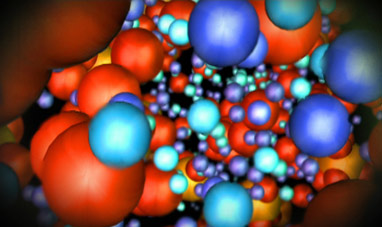

QUANTUM PHYSICS


PARROTT


STARFISH


QUASARS


FLY


KINETIC, POTENTIAL AND MECHANIC ENERGIES


ELECTRIC CAR


FLAMINGO


GALAXIES


THE FEMALE REPRODUCTIVE SYSTEM


COMETS


FALCON


NATURAL GAS (METHANE)
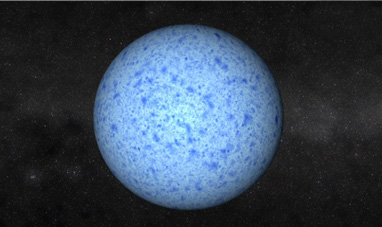

NOVAE


DOLPHIN
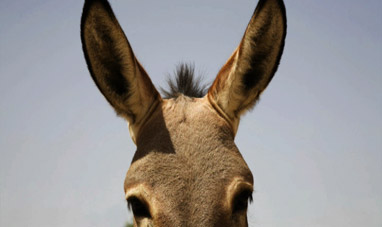

DONKEY


COBRA


HYBRID VEHICLE


EBAY


CENTRIFUGAL FORCE


EOLIC


OSTRICH
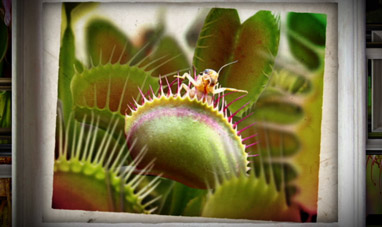

CARNIVOROUS PLANTS
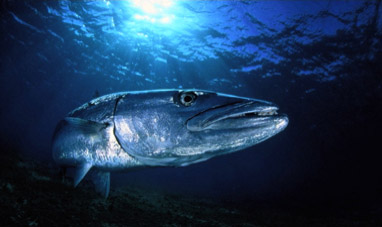

BARRACUDA


HAIR
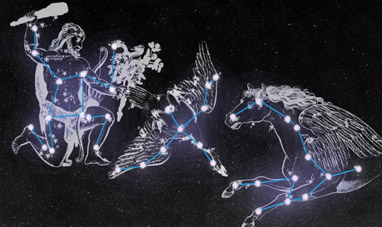

CONSTELLATIONS
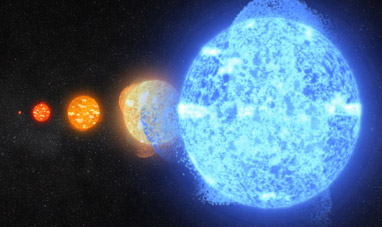

STARS


RIVERS


CATERPILLAR


ARCHIMEDES' PRINCIPLE


SHEEP


NATURAL RUBBERS


SOLAR THERMAL ENERGY


CHEMICAL BONDS


CROCODILE


AMAZON
